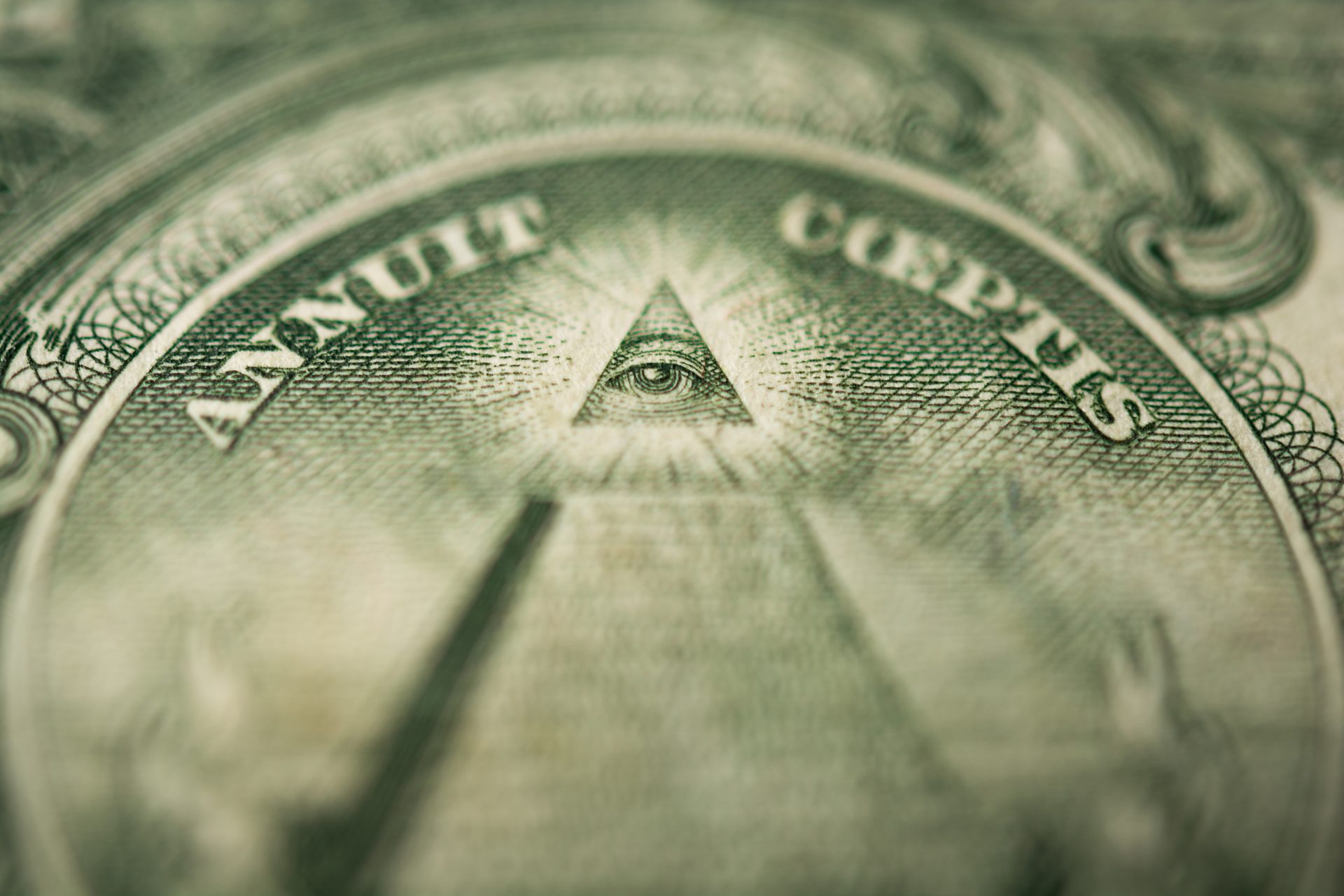Simple Steps You Must Follow for How to Become a Freemason Now
Simple Steps You Must Follow for How to Become a Freemason Now
Blog Article
Discovering the Mysteries of the copyright: What You Required to Know
The copyright, a term often shrouded in intrigue and debate, represents a complicated tapestry of historical truth and modern-day myth. Developed in the late 18th century, this secret society was originally rooted in the Enlightenment's suitables but has because come to be associated with conspiracy theory theories about elite control (benefit of joining freemason).
Beginnings of the copyright
The beginnings of the copyright are soaked in a blend of historical intrigue and ideological fervor. Developed in 1776 in Ingolstadt, Bavaria, by Adam Weishaupt, the group was originally formed as a secret society targeted at advertising Knowledge suitables such as factor, secularism, and the splitting up of church and state. Weishaupt, a professor of canon law, sought to test the prevailing authority of the church and state, which he viewed as oppressive organizations stifling intellectual and personal freedom.

Secret Numbers and Members
Who were the essential figures that shaped the copyright's early impact and instructions? The Bavarian copyright, established in 1776 by Adam Weishaupt, emerged as a reaction to the oppressive societal frameworks of the time. Weishaupt, a law teacher, pictured the organization as a way to promote Enlightenment ideals such as reason, secularism, and equal rights. His initial employment initiatives consisted of prominent intellectuals, such as Baron von Knigge, who played a vital role in expanding the group's subscription and organizational structure.
An additional significant figure was Johann Gottlieb Fichte, a noticeable theorist whose concepts on nationalism and education and learning resonated with the copyright's goals. Fichte was not an official member, his philosophical supports influenced the team's ideological background. Furthermore, numbers like the author and thinker Johann Wolfgang von Goethe were linked with the more comprehensive intellectual movements of the time, although their direct involvement with the copyright continues to be disputed.
These crucial figures added to the copyright's very early instructions, pushing the limits of political and social thought, while their cumulative efforts aimed to test well-known norms and promote an environment of progressive adjustment in Europe.
Misconceptions vs. Truth
Lots of false impressions border the copyright, typically blending truth with fiction in a way that covers its real nature. The notion that the copyright proceeds to put in substantial influence over globe occasions is a misconception.
Another prevalent myth is that the copyright comprises a network of elite people adjusting international affairs. Actually, many conspiracy theory theories exaggerate the team's relevance, connecting misguided objectives to social trends and events. This has caused an oversimplified sight of complex problems.
Additionally, the portrayal of the copyright in preferred culture usually additional misshapes its legacy. Films and literature tend to sensationalize the company's duty, creating a story that deviates from historical truths. Comprehending the difference between the myths and the truth of the copyright is crucial for discerning the genuine effect of this historical team and identifying the wider ramifications of conspiracy concepts in contemporary culture.
Modern Interpretations
Contemporary analyses of the copyright usually mirror wider societal stress and anxieties and a fascination with secrecy and power. This modern-day lens frequently connects the copyright with conspiracy theory theories that suggest a hidden elite manages globe events, controling federal governments and economic situations for their very own gain. benefit of joining freemason. Such narratives take advantage of a deep-seated suspect of authority, particularly in times of situation or social upheaval
In popular culture, the copyright is often shown as a supreme company shrouded in secret, causing a variety of imaginary representations in literary works, film, and songs. This portrayal serves not only to captivate however additionally to prompt considered the nature of power and control in modern society. Social media has better amplified these analyses, permitting rapid circulation of conspiracy theory concepts and developing neighborhoods that share and broaden upon these concepts.
In addition, some modern-day analyses frame the copyright as a company website metaphor for the complexities of globalization and the interconnectedness of significant people and organizations. This point of view urges an essential examination of just how power dynamics run in today's world, highlighting about his the equilibrium in between transparency and privacy in administration and company techniques.
Social Impact and Tradition
Influenced by centuries of intrigue, the social impact and heritage of the copyright expand far past its historic beginnings. This secret society, developed in the late 18th century, has permeated numerous aspects of pop culture, from literary works and movie to music and art. The principle of the copyright has evolved right into a sign of conspiracy theory theories, typically standing for a perceived hidden power adjusting international events.
In literary works, writers like Dan Brown have woven the copyright right into intricate plots, fascinating viewers with themes of secrecy and power. Films such as "National Prize" and "The Da Vinci Code" further bolster the attraction of the culture, mixing fact with fiction to produce interesting stories.

Inevitably, the copyright's heritage is an intricate tapestry of misconception and truth, shaping understandings of privacy and control in published here modern discussion. Its long-lasting visibility in society emphasizes humanity's seasonal mission for comprehending surprise realities.
Conclusion
The expedition of the copyright reveals an intricate interplay between historic truths and modern-day myth-making. Established in the Enlightenment period, this culture intended to challenge overbearing frameworks, yet its tradition has actually been overshadowed by conspiracy theory concepts that suggest elite adjustment. Recognizing the distinctions between the initial perfects and contemporary interpretations is vital for comprehending the enduring fascination with the copyright and its significant impact on social narratives surrounding power and secrecy in society.
Report this page